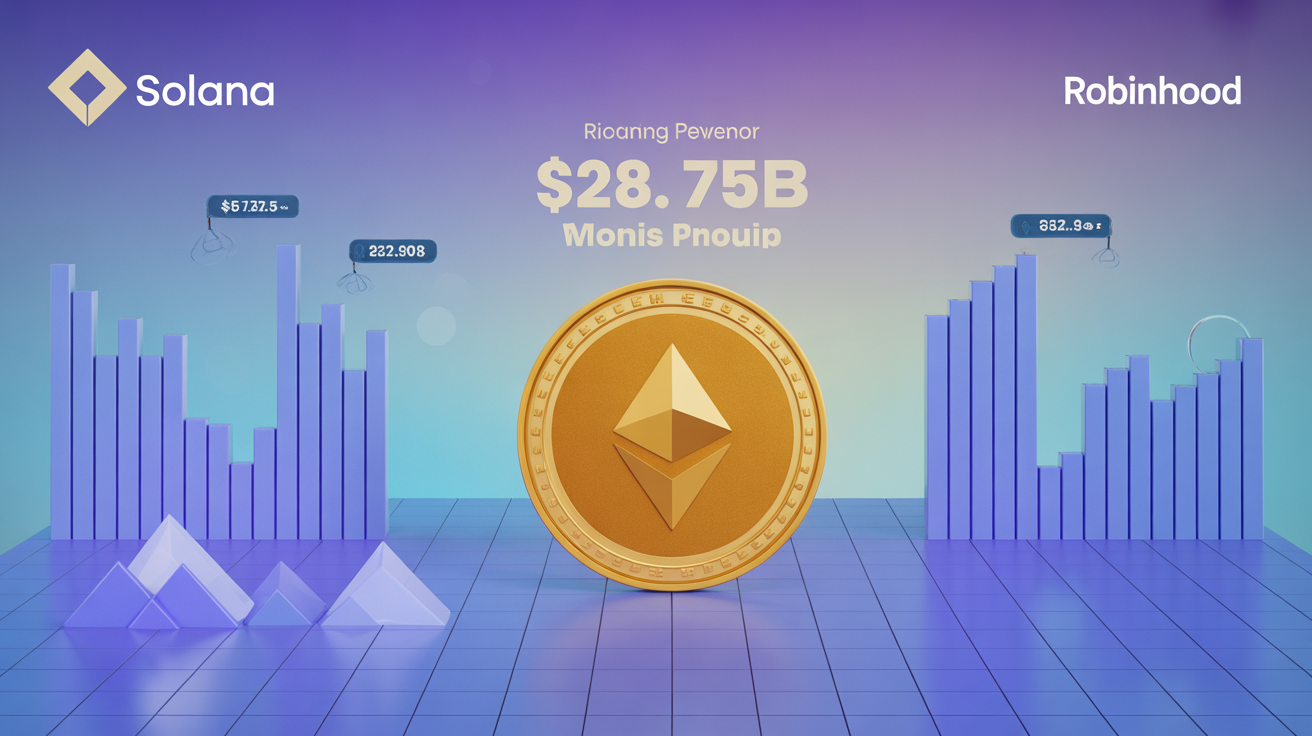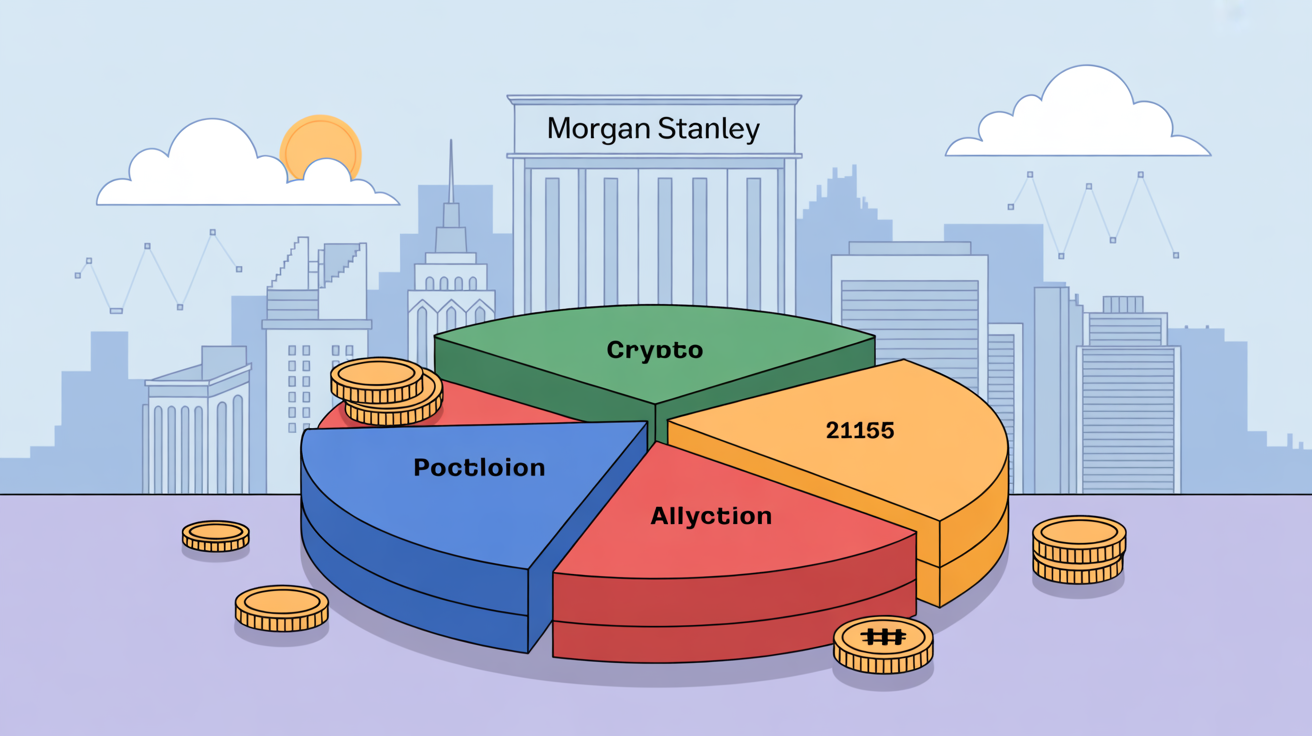
A resurgence in decentralized finance fees signals traders are returning to fundamentally strong projects, with protocols increasingly prioritizing tokenholder value.
September saw DeFi revenues climb to roughly $600 million, nearly double March’s $340 million low. Leading the rebound were Uniswap, the largest decentralized exchange, and Aave, the prominent lending and borrowing protocol. Ethena, a synthetic-dollar stablecoin project, also emerged among the top earners, according to The Block Research.
What sets this period apart is how protocols are rethinking token design to actively deliver value to holders.
On Uniswap, governance approved $165 million in foundation funding earlier this year and laid the groundwork for the long-awaited “fee switch.” Once v4 launches on Unichain, this mechanism will divert a portion of trading revenue to UNI holders, tying protocol usage directly to token performance.
Aave has taken a different approach. The DAO implemented a framework to funnel surplus revenue into ongoing buybacks and the ecosystem reserve, replacing ad hoc treasury maneuvers with a structured accrual system. This mechanism strengthens the link between platform activity and AAVE token value, contributing to the recent uptick in fees.
Ethena follows a more straightforward model. Its USDe and sUSDe stablecoins convert fees into yield, distributing them directly to holders as total value locked expands. Integrations with Aave and the yield-trading platform Pendle further channel activity into Ethena’s stablecoin ecosystem, positioning it among DeFi’s top revenue generators.
While the tokens of these projects have largely tracked broader market trends rather than outperforming, analysts say the combination of fee growth and tokenomics offers trading desks a new framework for valuation. UNI, AAVE, and ENA are now being watched closely by investors seeking exposure to DeFi fundamentals rather than speculative hype.
Challenges remain. Questions persist about whether fee growth can sustain itself if trading volumes shift or if tokenholder distributions are diluted by treasury priorities. And, as always, the next hype cycle could refocus attention on meme coins rather than fundamentally sound protocols.




















